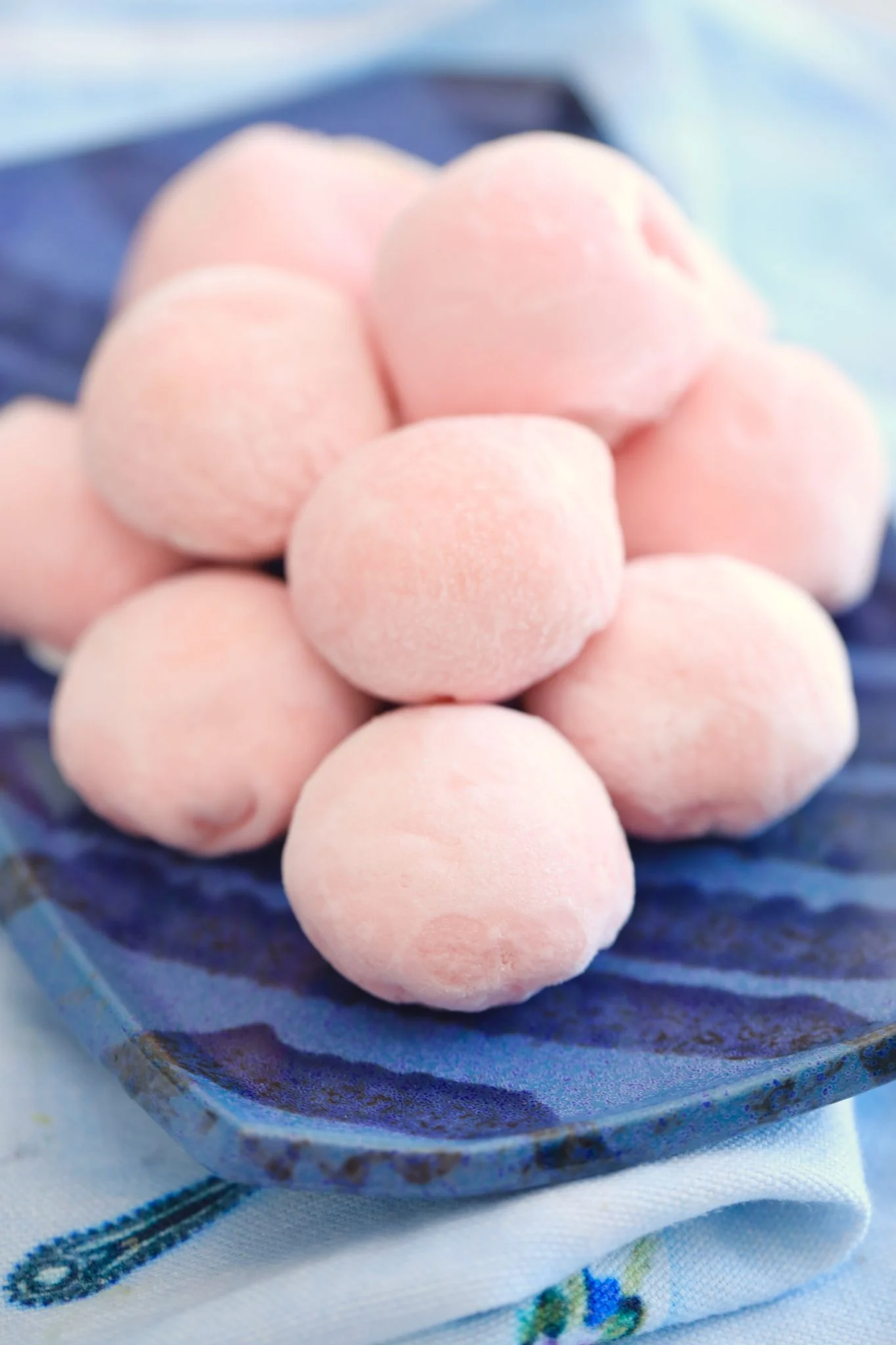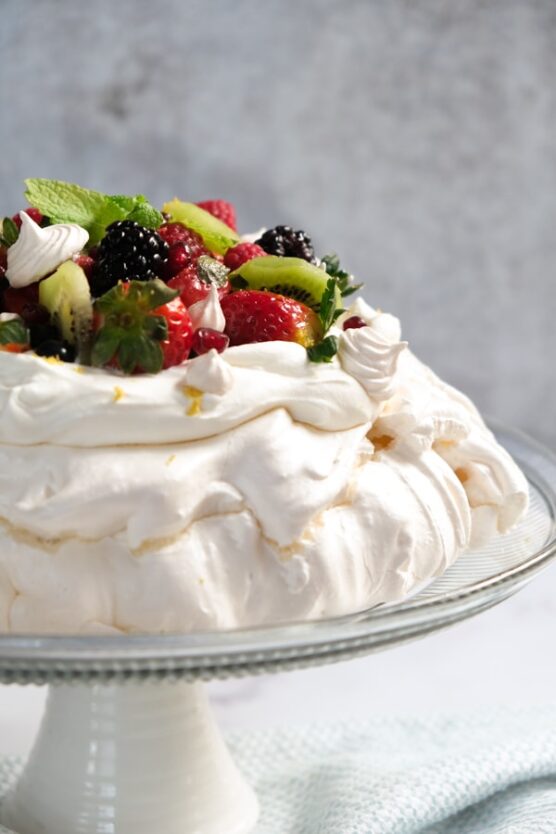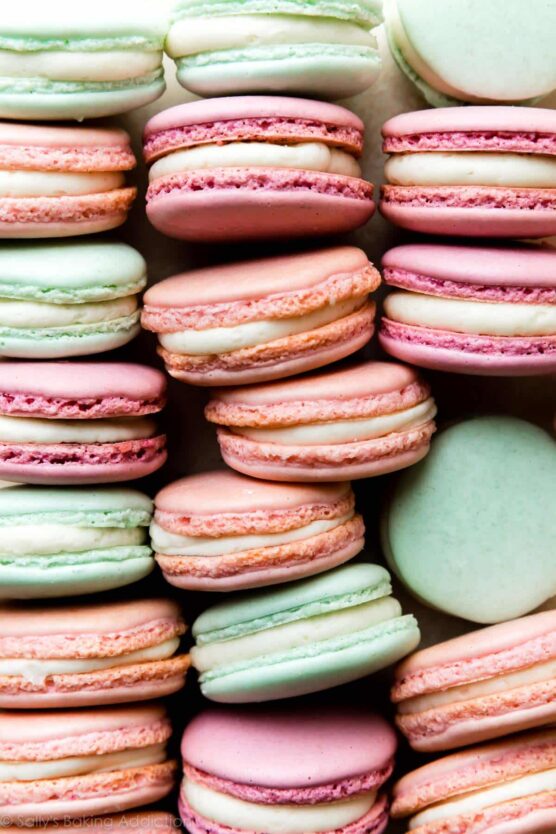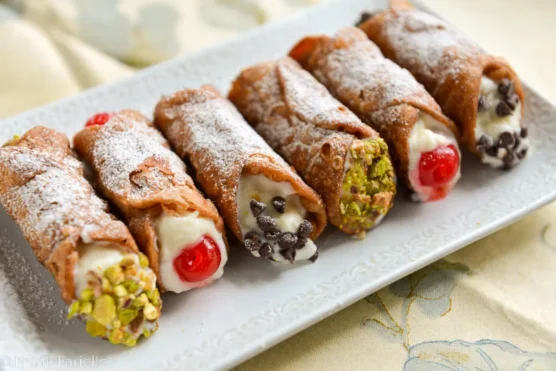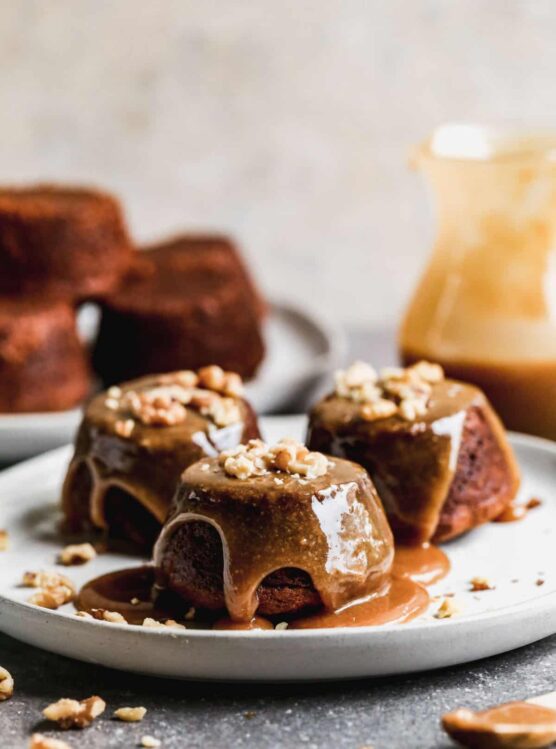21 Desserts Inspired by Popular Destinations Around the World
Traveling through desserts is one of the best ways to experience different cultures without leaving your kitchen. These 21 recipes come from all over the world and each one tells a story about its home country. Some are fancy restaurant-style desserts while others are simple street food treats. Most use ingredients you can find at regular grocery stores, though a few might need a trip to specialty shops for authentic flavors.
Tiramisu (Italy)
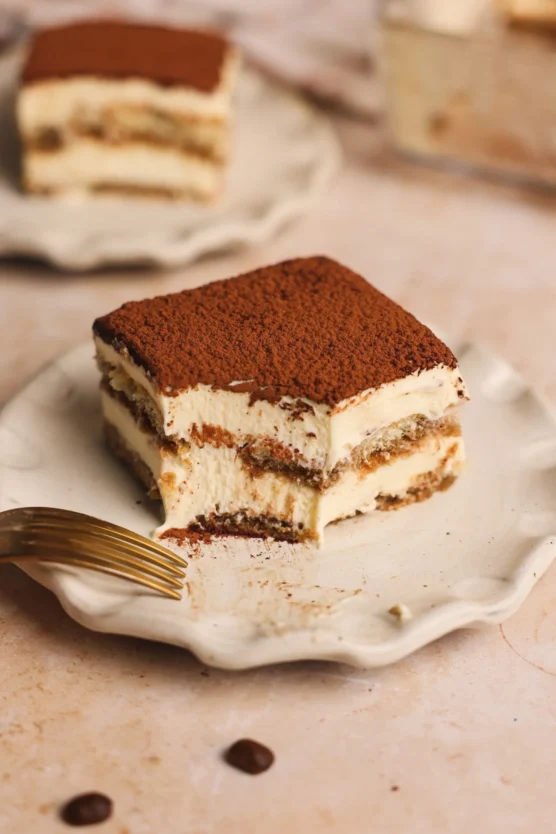
This means “pick me up” in Italian and it definitely will with all that coffee and mascarpone. The ladyfinger cookies get soaked in strong espresso and layered with a creamy mixture of mascarpone, eggs, and sugar. Some recipes add a splash of marsala wine or rum. The key is letting it sit overnight so the flavors meld together and the cookies soften. This is one of those desserts that looks fancy but is actually pretty forgiving to make. Perfect for dinner parties since you make it ahead. Get the recipe here.
Crème Brûlée (France)
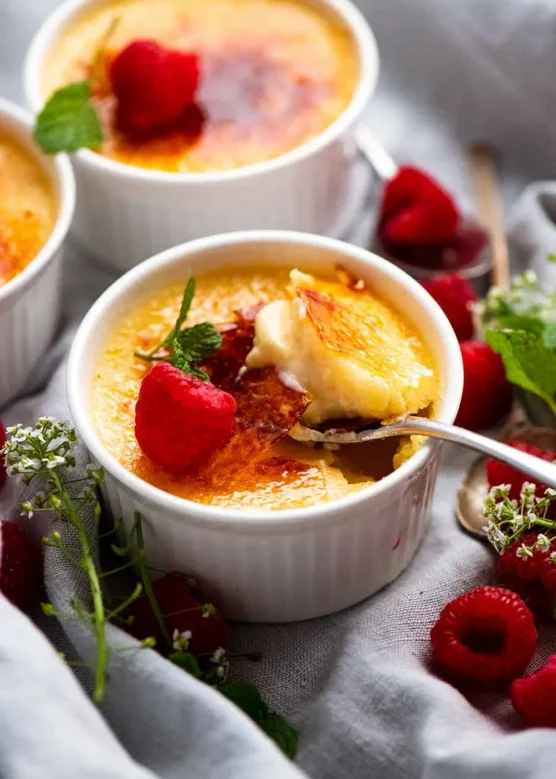
This is basically vanilla custard with a hard caramelized sugar top that you crack with a spoon. The custard part is simple – just cream, egg yolks, sugar, and vanilla baked in a water bath. The fun part is using a kitchen torch to caramelize the sugar on top right before serving. If you don’t have a torch, you can use the broiler but it’s trickier. The contrast between the crispy top and creamy custard is what makes this special. Feels very restaurant-fancy but isn’t that hard. Get the recipe here.
Baklava (Greece/Turkey)
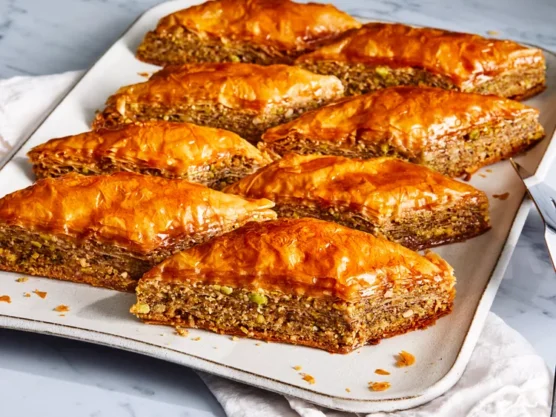
This is layers of paper-thin phyllo dough with nuts and honey syrup. The phyllo can be intimidating but you just need to keep it covered with a damp towel so it doesn’t dry out. Most recipes use walnuts or pistachios or a mix. The honey syrup gets poured over while the baklava is still hot which helps it soak in. This is sweet and sticky and rich – a little piece goes a long way. Takes some patience to assemble but the results are amazing. Get the recipe here.
Churros with Chocolate (Spain)
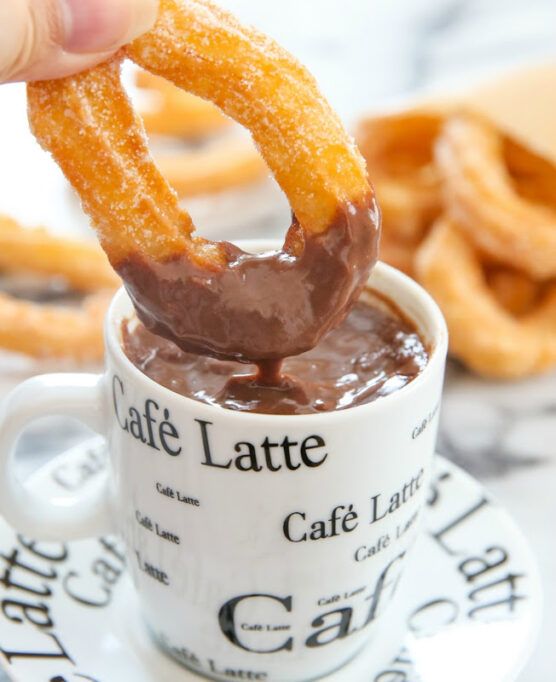
These are fried dough sticks that are crispy outside and soft inside, rolled in cinnamon sugar while still hot. The dough is basically choux pastry which puffs when fried. You need a star-shaped piping tip to get those ridges that hold the cinnamon sugar. The chocolate sauce for dipping is thick and rich, almost like hot fudge. Best eaten right away while still warm. These are fun to make but you gotta be comfortable with frying. Get the recipe here.
Tres Leches Cake (Mexico)
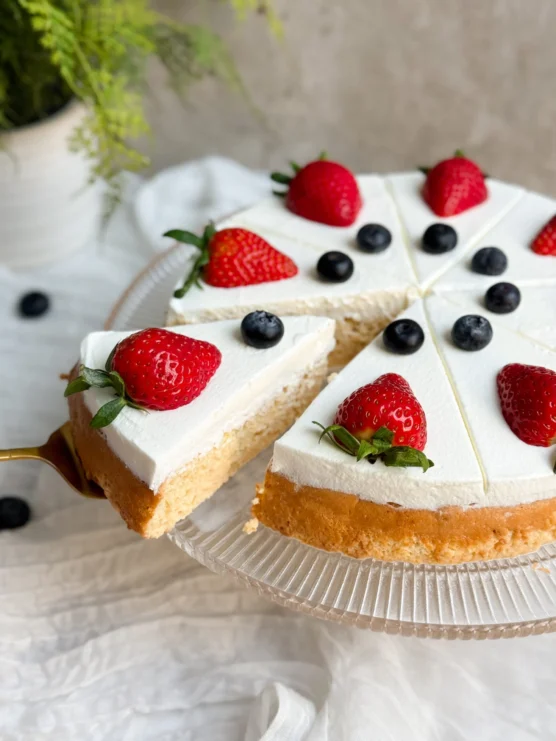
This sponge cake gets soaked in three types of milk – regular milk, condensed milk, and evaporated milk. Sounds like it would be soggy but somehow it’s not! The cake needs to be light and airy to absorb all that liquid. Usually topped with whipped cream and sometimes cinnamon. This actually gets better if you make it a day ahead since it needs time to soak up all the milk. Great for celebrations and always a crowd-pleaser. Get the recipe here.
Mochi Ice Cream (Japan)
These are balls of ice cream wrapped in sweet rice dough. The mochi (rice dough) is made from glutinous rice flour and has a chewy texture that’s fun to eat. You can buy mochi ice cream but making it at home lets you use whatever ice cream flavors you want. The trick is working fast since the ice cream melts quickly. Some recipes use powdered sugar or cornstarch to keep the mochi from sticking. These look really cute and are perfect for hot weather. Get the recipe here.
Pavlova (Australia/New Zealand)
This is a meringue base that’s crispy outside and marshmallow-soft inside, topped with whipped cream and fresh fruit. The key to good pavlova is adding cornstarch and vinegar to the meringue which gives it that perfect texture. Kiwi fruit and strawberries are traditional but you can use any fruit. This looks impressive but is actually pretty simple if you can make meringue. Named after a Russian ballerina, it’s light as air and perfect for summer. Get the recipe here.
Banoffee Pie (England)
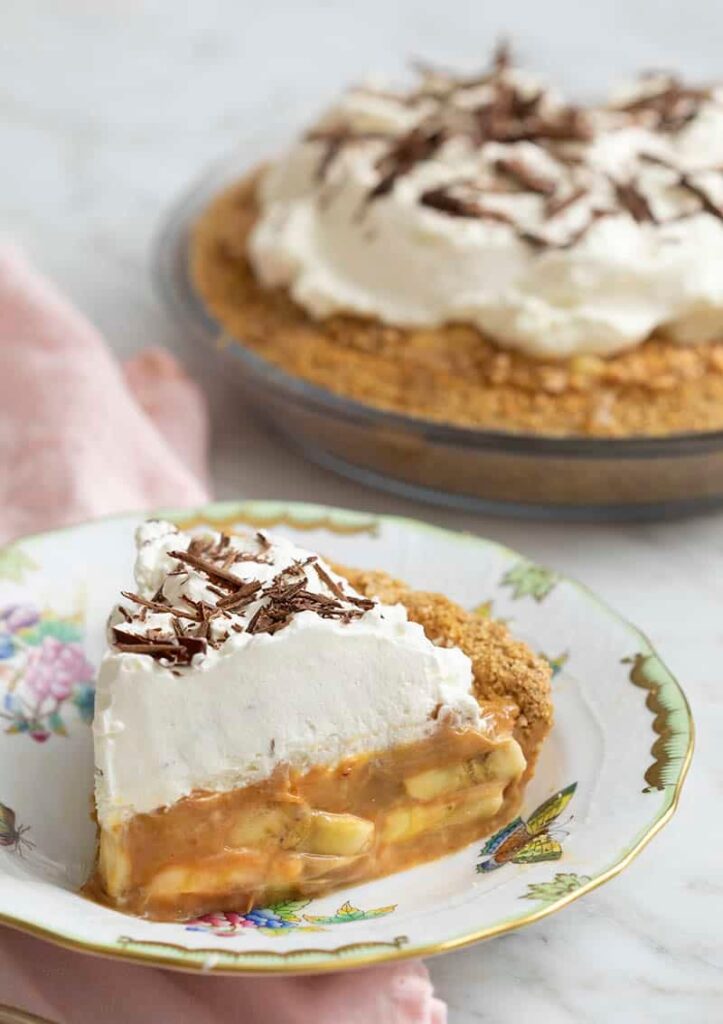
This is a pie with a cookie crust, layer of toffee (or dulce de leche), sliced bananas, and whipped cream on top. Some recipes make the toffee from scratch by cooking condensed milk for hours, but you can cheat and buy dulce de leche. The bananas should be ripe but not too soft or they’ll get mushy. This is rich and sweet and everything good about dessert. No baking required which makes it perfect for summer. Get the recipe here.
Stroopwafel (Netherlands)
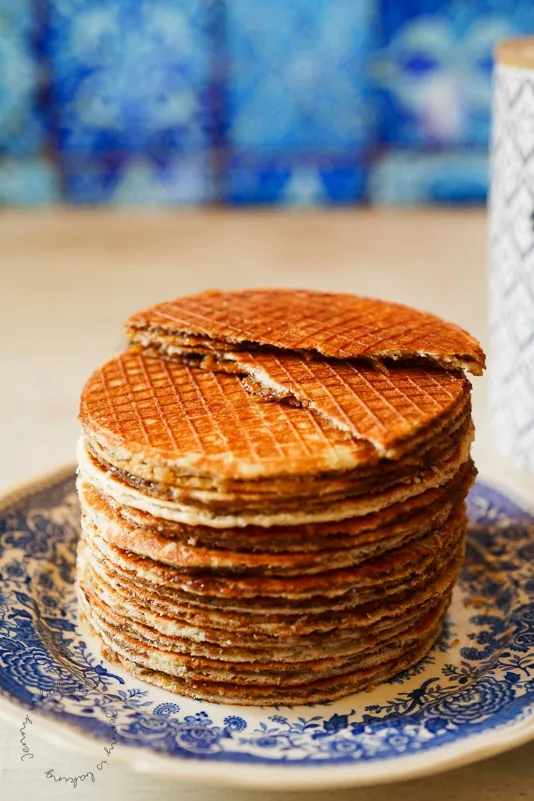
These are thin waffle cookies with caramel syrup in the middle. Traditional ones need a special stroopwafel iron but you can make similar cookies with a regular waffle maker. The caramel filling is made from brown sugar, butter, and cinnamon cooked until thick. The Dutch way to eat them is to put them over a hot cup of coffee to warm up the caramel. These are crispy and sweet and go perfect with coffee or tea. Get the recipe here.
Black Forest Cake (Germany)
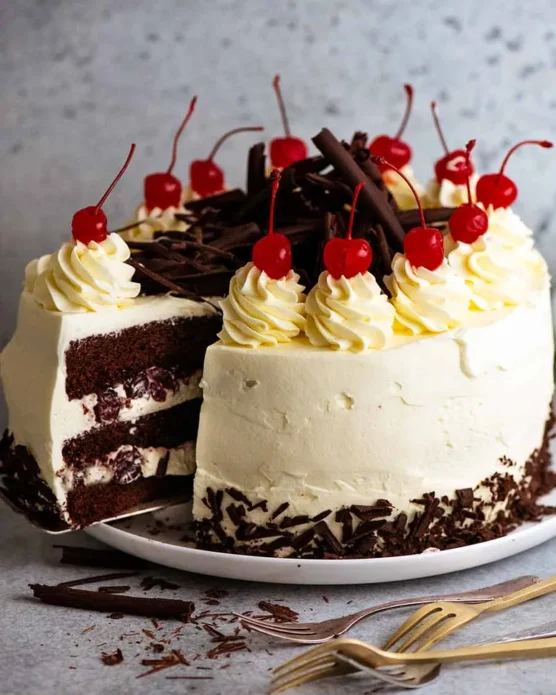
This is chocolate cake layered with cherries and whipped cream. Traditional versions use kirsch (cherry brandy) in the cake and whipped cream but you can skip that for family-friendly version. The cherries can be fresh when in season or jarred sour cherries the rest of the year. Chocolate shavings on top make it look fancy. This is a project cake that takes some time but it’s so worth it. Perfect for birthdays or special occasions. Get the recipe here.
Flan (Spain/Latin America)
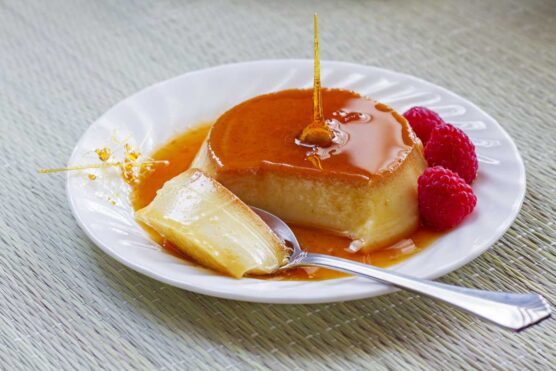
This is a custard dessert with caramel sauce on top (which becomes the bottom when you flip it). The custard is smooth and silky and the caramel adds bitter-sweet contrast. Getting the caramel right takes practice – you want it amber colored not burnt. The water bath baking method seems fussy but keeps the custard from curdling. This looks elegant when unmolded but is actually pretty simple to make. Great make-ahead dessert. Get the recipe here.
Gelato (Italy)
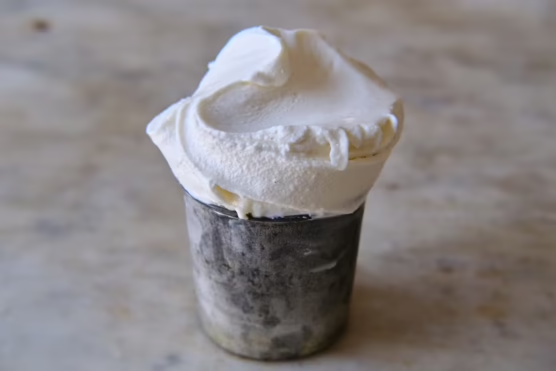
This is Italian ice cream that’s denser and more intensely flavored than regular ice cream. It’s churned slower and has less air whipped in. Traditional flavors include pistachio, stracciatella (chocolate chip), and fruity sorbettos. You need an ice cream maker but the base is usually simpler than American ice cream – often just milk, sugar, and flavorings. The texture is smoother and it melts faster than regular ice cream. Perfect for hot summer days. Get the recipe here.
Macarons (France)
These are sandwich cookies made from almond flour with a filling in the middle. They’re notoriously finicky to make – the technique matters a lot. The cookies should have smooth tops and little “feet” around the bottom. Common flavors include vanilla, chocolate, raspberry, and pistachio. The filling can be buttercream, ganache, or jam. These are definitely a challenge recipe but so satisfying when you get them right. They look fancy and taste even better. Get the recipe here.
Gulab Jamun (India)
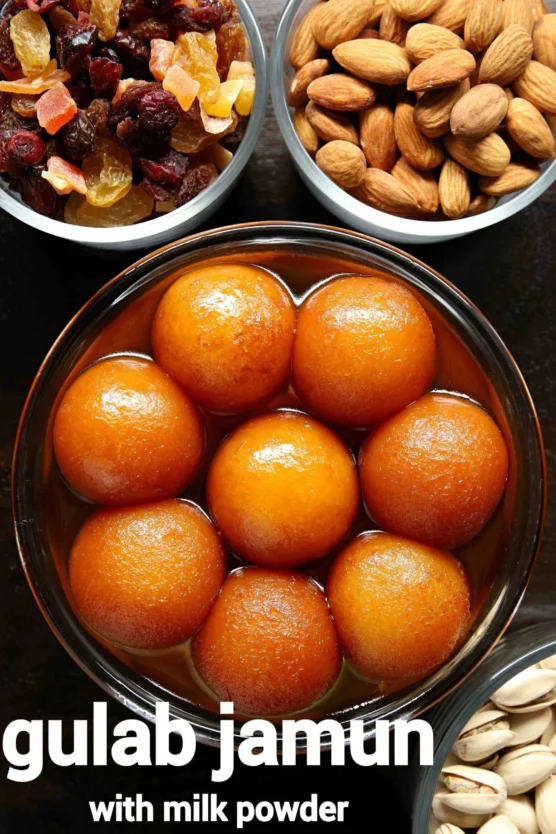
These are fried dough balls soaked in rose-scented sugar syrup. The dough is usually made from milk solids and flour. They puff up when fried and get golden brown, then get dunked in the syrup while still warm. The rose water in the syrup gives them their distinctive flavor – it’s floral but not overwhelming. These are super sweet and rich, popular at Indian celebrations. You can find the ingredients at Indian grocery stores. Get the recipe here.
Pastel de Nata (Portugal)
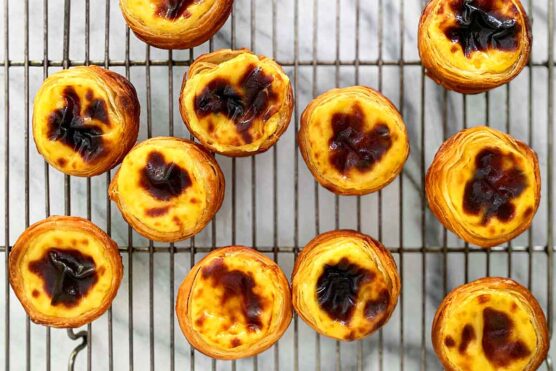
These are small custard tarts with flaky pastry and caramelized tops. The custard filling is similar to crème brûlée but in tart form. Traditional versions use puff pastry which you roll thin and press into small tart molds. The tops get spotted and caramelized in a very hot oven. These are best eaten warm when the pastry is crispy. They’re Portugal’s most famous dessert and you can see why – they’re amazing. Get the recipe here.
Sachertorte (Austria)
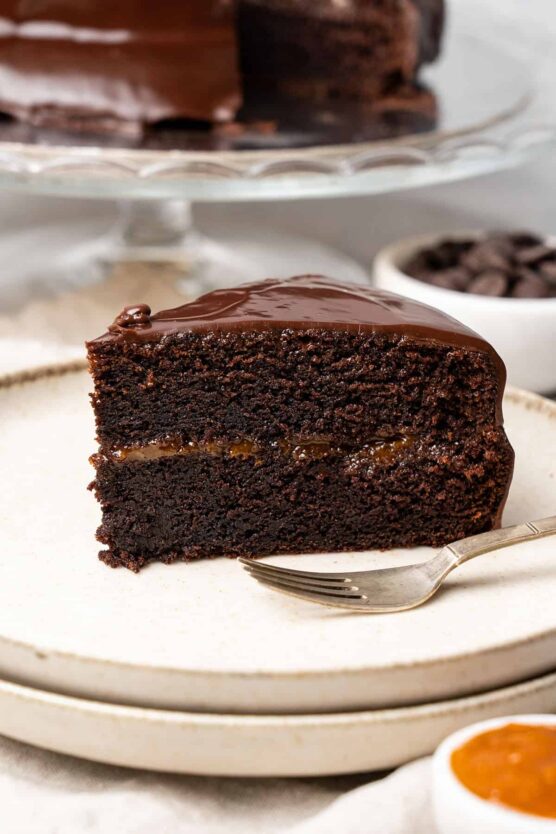
This is a chocolate cake with apricot jam filling and dark chocolate glaze. The original recipe is a closely guarded secret in Vienna but home versions are still delicious. The cake itself is dense and not too sweet, and the apricot jam adds tartness that balances the rich chocolate. Some recipes include ground almonds in the cake. This is an elegant dessert that’s perfect with coffee. Takes some time to make but worth it for special occasions. Get the recipe here.
Cannoli (Sicily, Italy)
These are crispy tube-shaped shells filled with sweet ricotta mixture. The shells are traditionally fried but you can buy them ready-made. The filling usually has ricotta, powdered sugar, and sometimes candied fruit or chocolate chips. The ends sometimes get dipped in chopped pistachios or mini chocolate chips. The key is filling them right before serving so the shells stay crispy. These are fun to make and always a hit at parties. Get the recipe here.
Sticky Toffee Pudding (England)
This is a moist cake made with dates and covered in warm toffee sauce. The dates get chopped and dissolved in hot water which makes the cake super moist. The toffee sauce is usually made with brown sugar, butter, and cream. This is comfort food at its best – warm, sweet, and rich. Usually served with vanilla ice cream or clotted cream. Perfect for cold weather when you want something warming and indulgent. Get the recipe here.
Brigadeiros (Brazil)
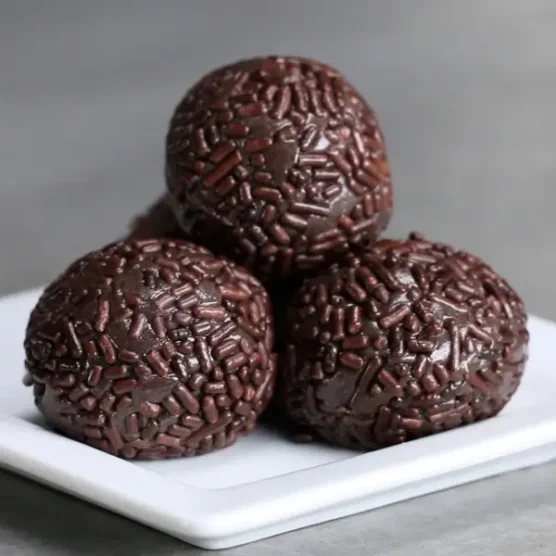
These are chocolate truffles made from condensed milk, cocoa powder, and butter. You cook the mixture on the stove until it thickens, then roll into balls and coat in chocolate sprinkles. They’re traditionally made for birthday parties in Brazil. The texture is fudgy and sweet and the sprinkles add fun color and crunch. These are actually pretty easy to make and kids love helping roll them. Great for parties or when you need a chocolate fix. Get the recipe here.
Loukoumades (Greece)
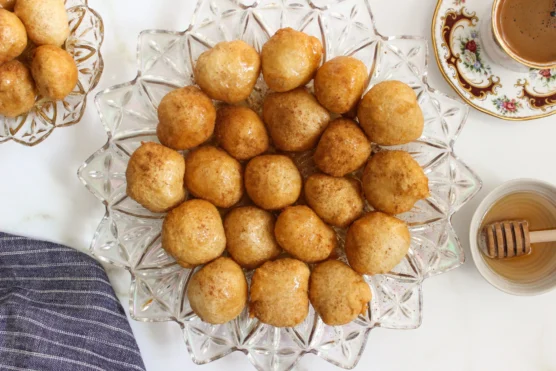
These are fried dough balls drizzled with honey and sometimes cinnamon. The dough is yeast-based and gets puffy and golden when fried. They’re served hot and the honey soaks in a little bit. Some versions include chopped walnuts or sesame seeds on top. These are popular street food in Greece and perfect for sharing. The contrast between the crispy outside and soft inside is really good. Best eaten right after frying while still warm. Get the recipe here.
Alfajores (Argentina)
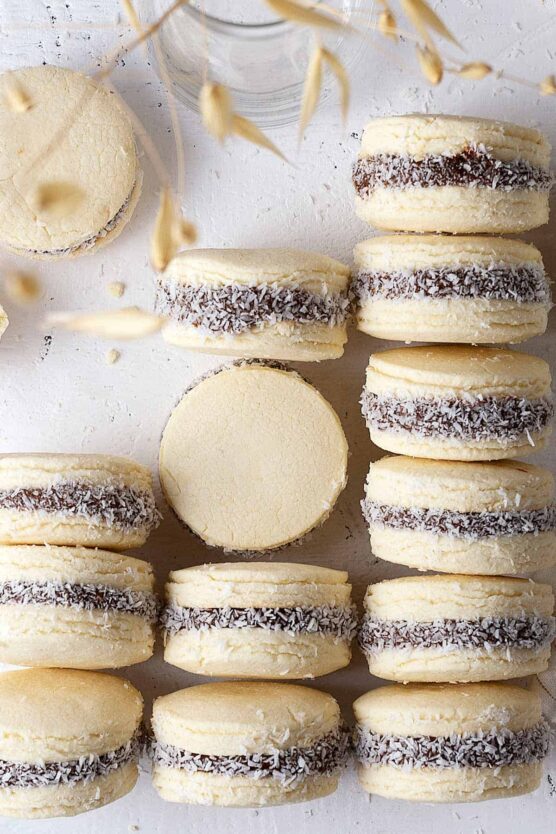
These are sandwich cookies filled with dulce de leche and sometimes rolled in coconut. The cookies are tender and crumbly, almost shortbread-like. Traditional ones use cornstarch in the dough which gives them their distinctive texture. The dulce de leche filling is what makes them special – it’s thick and caramel-flavored. Some versions get dusted with powdered sugar instead of coconut. These are perfect with coffee and popular throughout South America. Get the recipe here.
